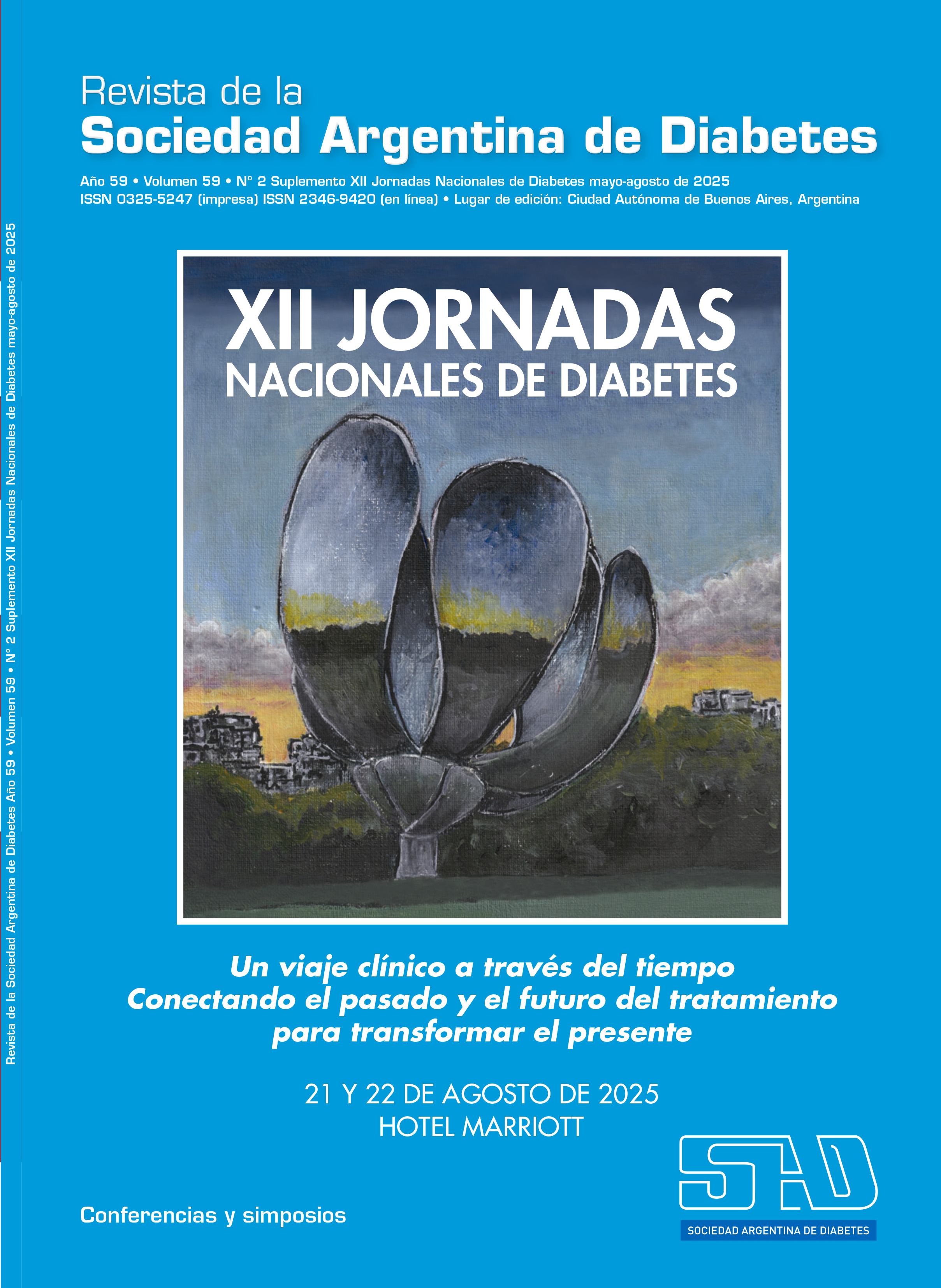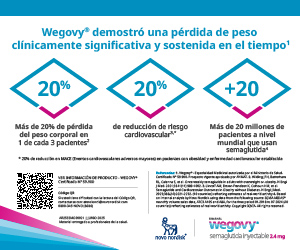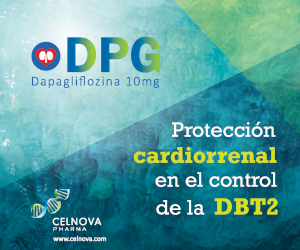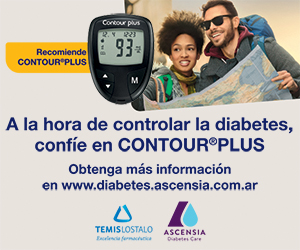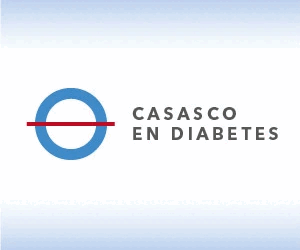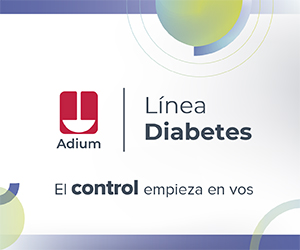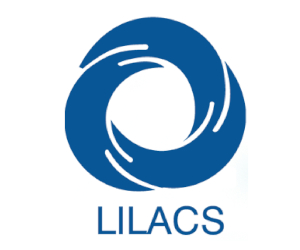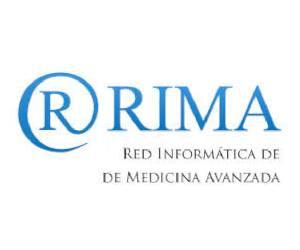Hyperglycemia in hospitalization: turning a challenge into a therapeutic opportunity
DOI:
https://doi.org/10.47196/diab.v59i2Sup.1243Keywords:
hyperglycemia, diabetes, hospitalized patientsAbstract
Hyperglycemia in hospitalized patients (blood glucose ≥ 140 mg/dL) is a common event. 60% to 80% of patients undergoing cardiovascular surgery experience it. Most of them have diabetes. However, between 12% and 30% are patients without diabetes, and in these, hyperglycemia is linked to stress. It should be noted that 60% of these patients with isolated stress-related hyperglycemia will develop diabetes within a year after surgery.
Different studies have demonstrated the negative impact of hyperglycemia on hospitalization outcomes in patients with and without diabetes. Both the duration and level of hyperglycemia appear to be associated with increased morbidity and mortality. Interestingly, patients with stress hyperglycemia have been reported to have higher hospital mortality compared to patients with diabetes.
Along the perioperative period, during fasting and as a normal response to stress, to ensure glucose delivery to the brain, counterregulatory hormones (glucagon, catecholamines, cortisol, and growth hormone) and inflammatory factors increase, the magnitude of their activation being related to the complexity of the surgery and the type of anesthesia used. These physiological mechanisms increase hepatic glycogenolysis and glycogenesis, alter glucose utilization in tissues, induce insulin resistance, decrease insulin release, and increase circulating levels of free fatty acids, which promote an environment characterized by hyperglycemia and lipotoxicity.
Furnary et al. demonstrated in patients undergoing cardiac surgery that the most effective strategy for glycemic control is continuous intravenous insulin infusion. Based on these and other results, various continuous intravenous insulin infusion protocols have been developed and are currently used in intensive care units (ICUs) and in the perioperative setting.
It is essential to have a comprehensive and effective plan to achieve timely control of perioperative hyperglycemia. This therapeutic intervention should include strategies to achieve optimal glycemic control from the preoperative outpatient period, including timely interventions during hospitalization, optimizing the transition from ICU care to the general ward, and finally, a follow-up and surveillance plan after hospital discharge.
References
I. Furnary AP, Zerr KJ, Grunkemeier GL, Starr A.- Continuous intravenous insulin infusion reduces the incidence of deep sternal wound infection in diabetic patients after cardiac surgical procedures. Ann Thorac Surg 1999;67(2):352-60.
II. Umpierrez G, Cardona S, Pasquel F, Jacobs S, Peng L, Unigwe M, Newton CA, Smiley-Byrd D, Vellanki P, Halkos M, Puskas JD, Guyton RA, Thourani VH. Randomized controlled trial of intensive versus conservative glucose control in patients undergoing coronary artery bypass graft surgery: GLUCO-CABG trial. Diabetes Care 2015; 38(9):1665-72.
III. Umpierrez GE, Reyes D, Smiley D, Hermayer K, Khan A, Olson DE, Pasquel F, Jacobs S, Newton C, Peng L, Fonseca V. Hospital discharge algorithm based on admission HbA1c for the management of patients with type 2 diabetes. Diabetes Care 2014; 37(11):2934-9.
IV. Korytkowski MT, Muniyappa R, Antinori-Lent K, Donihi AC, Drincic A, Hirsch IB, et al. Management of hyperglycemia in hospitalized adult patients in non-critical care settings: an Endocrine Society Clinical Practice Guideline. The Journal of Clinical Endocrinology & Metabolism 2022;107(8).
Downloads
Published
Issue
Section
License
Copyright (c) 2025 On behalf of the authors. Reproduction rights: Argentine Diabetes Society

This work is licensed under a Creative Commons Attribution-NonCommercial-NoDerivatives 4.0 International License.
Dirección Nacional de Derecho de Autor, Exp. N° 5.333.129. Instituto Nacional de la Propiedad Industrial, Marca «Revista de la Sociedad Argentina de Diabetes - Asociación Civil» N° de concesión 2.605.405 y N° de disposición 1.404/13.
La Revista de la SAD está licenciada bajo Licencia Creative Commons Atribución – No Comercial – Sin Obra Derivada 4.0 Internacional.
Por otra parte, la Revista SAD permite que los autores mantengan los derechos de autor sin restricciones.



